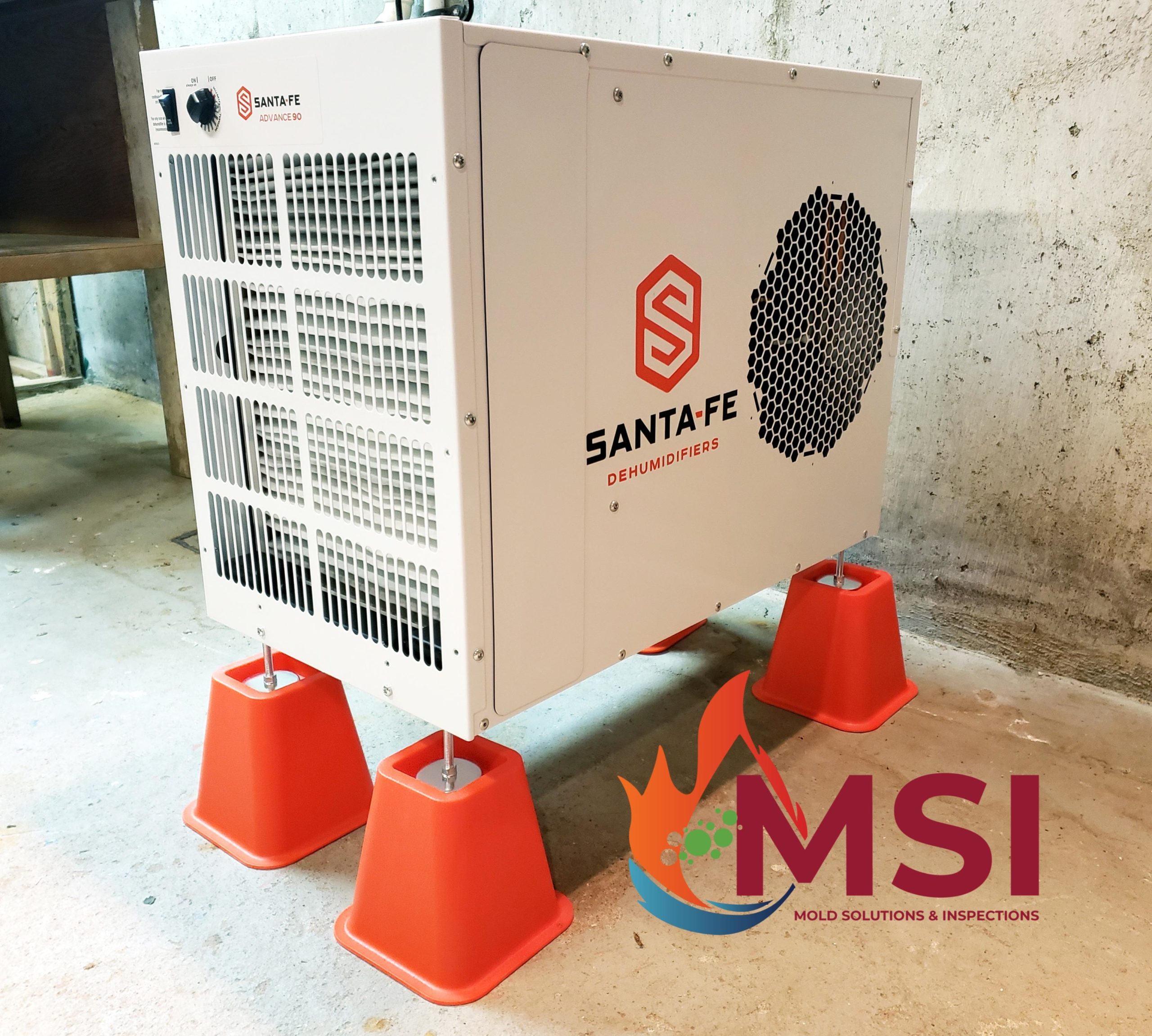Radon is one of the “noble” gases (such as neon and argon). It is a naturally occurring element that is produced from radium which is part of the uranium decay series. Radon has a half-life of 3.82 days and during decay produces particles called radon daughters. These particles are solid, short-lived radioisotopes that emit alpha particles. When the radon daughters release these alpha particles into the lungs, the alpha particles penetrate cells and cause DNA damage.
Lung cancer
The primary health effect of radon is lung cancer. When the radon daughters release these alpha particles into the lungs, the alpha particles penetrate cells and cause DNA damage. The damage is cumulative and can eventually cause cancer. Animal studies have shown that radon can cause cancer without the contribution of other pollutants (e.g., tobacco smoke).
The fact that radon exposure causes lung cancer was recognized first in uranium miners. One study evaluated American Indian miners who were non-smokers, and found a threefold increase in lung cancer over that experienced by non smokers who were not miners in the same community.
Smoking increases the risk of lung cancer dramatically. Early evidence for the role of smoking is the fact that before manufactured cigarettes were available, lung cancer was considered a rare disease (in spite of ongoing exposure to radon). Following the introduction of manufactured cigarettes, the incidence of lung cancers rose quickly to the point where it is now one of the most common cancers. For lifelong non-smokers, absolute risks (as opposed to excess risk due only to radon) of lung cancer (for those still alive) are 0.4%, 0.5% and 0.7% respectively at radon concentrations of 0, 100 and 400 Bq/m3. In cigarette smokers exposed to the same radon concentrations, these risks are 10%, 12% and 16% (Darby et al., 2005).
The EPA is strongly focused on the reduction of radon exposure primarily because of the enormous public health impact of its role in lung cancer in smokers. Mendez et al. (2009) analyzed smoking trends in the US and concluded that a better approach would be to concentrate on programs to reduce smoking.
Radon and Childhood Leukemia
There is some evidence that excessive radon exposure can increase the risk of acute lymphoblastic leukemia in children. One study demonstrated a 56% increase in the rate of this type of leukemia per 1000 Bq/m3-years increase in exposure (Raaschou-Nielsen et al., 2008; Harley & Robbins 2009).
Radon and Pancreatic Cancer
Radon exposure may be a significant risk factor for pancreatic cancer in African Americans, American Indians, and Asian Americans. Testing and mitigating homes for indoor radon may decrease the incidence of pancreatic cancer in these groups (Reddy & Bhutani 2009).
Radon and Other Cancers
One study of miners revealed some evidence for a relationship between other pulmonary cancers and cumulative radon exposures, but unknown factors could have influenced their results either negatively or positively.
Check out our site for more info at biowashing.com








